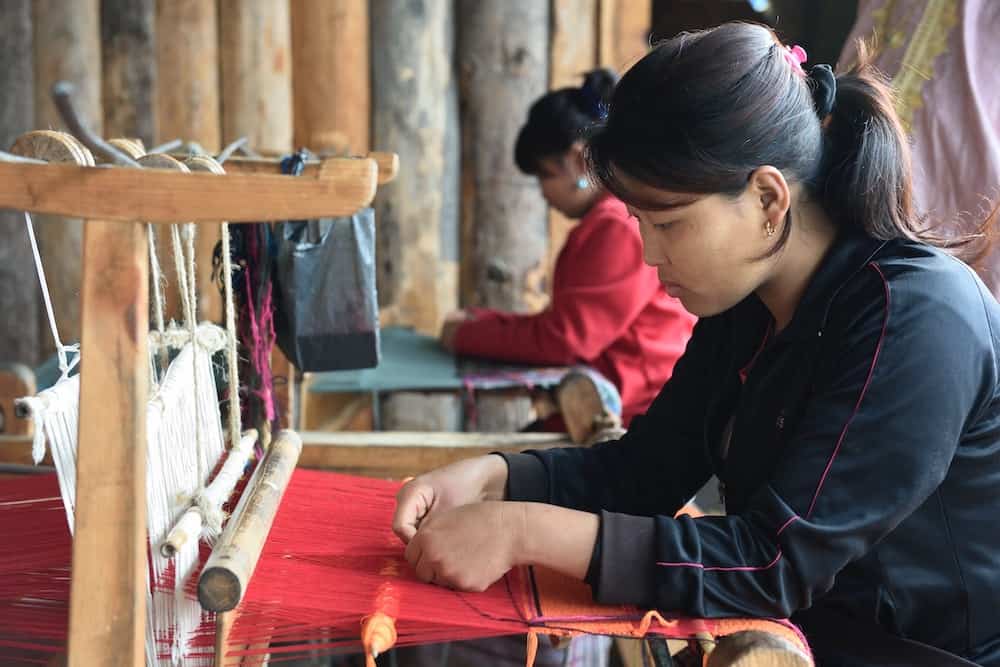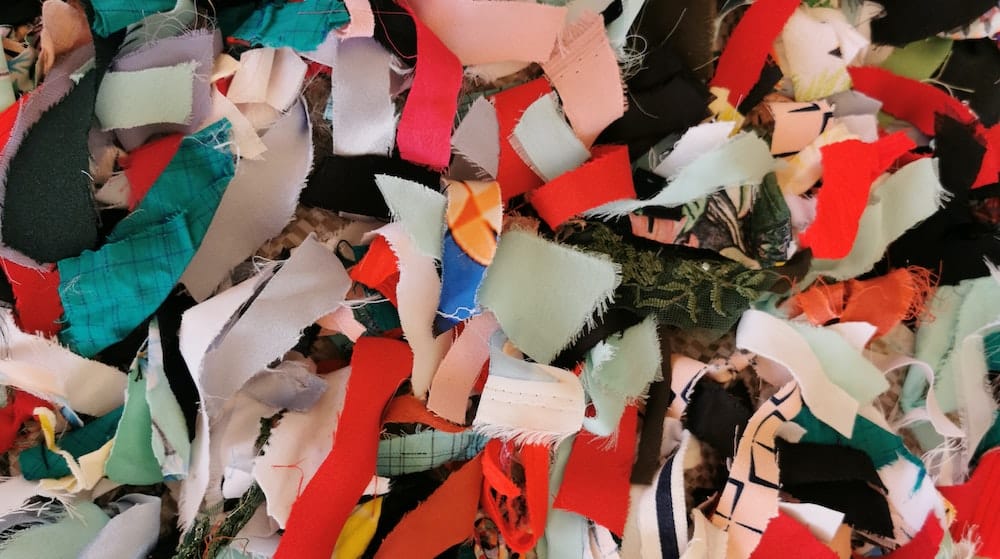10 Sep 9th SeptemberWhere does your textile waste actually go?

When you decide you do not want some of your clothes anymore, what do you do with them?
1. Throw them in the household waste bin
2. Throw them into a textile bin
3. Donate to charity
4. Reuse them into cleaning cloths
5. Give them to your friends/family/clothes swapping apps (like Dopplle!)
6. Sell them
Some of these options are great, and are not damaging the environment in any way, but when you throw your clothes into a textile bin, you feel good as they arent going into landfill, but where are these textiles ending up? Read on to find out more.

Why are clothes so hard to recycle?
Clothes are all made from a variety of materials, right? Yet somehow they are harder to recycle than many other household items that we use daily. You may take your clothes to a charity shop with a specific bag labelled “rag bag” to give straight to the rag man for textile waste, or you may go to the textile waste bin at the dump to get rid of it. You cannot just put it straight into your household bins for collection (unless I live in the only area where a textile bin is not a thing).
Natural fibers take over a couple of years to decompose and release methane and CO2 gas.
Synthetic textiles on the otherhand have been designed not to compose in order to encourage longevity, but this has been countered with fast fashion. Clothes made of long lasting materials are being thrown away instantly, not composing and are releasing harmful toxins into the surrounding ground water and into the environment.
Where does our textile waste go?
This is a question I used to have when I volunteered in a charity shop. Every day tens of bags would be sent off to the “rag man” but I always wondered where these bags actually went. Years and a lot of research and education later, these bags of rag textiles were not always having the positive impact I assumed they had. These bags of textiles and clothes are sent to third world countries to give to those who have less disposable income to spend on clothes. At first on the surface this sounds great, but it’s actually causing more economic problems.

Shops selling clothes have to compete with the “free clothes” being sent there, not all the clothes are suitable so are left rotting in piles and many need clothes with longevity built into them, instead of the fast fashion that consumers are getting rid of in this day and age.
Alternatively, some textile waste is recycled correctly but it is harder to successfully be recycled. Clothing materials are broken down into different fibres but this is a slow and labour intensive process. Dyes are then removed from the fabrics to make it easier for them to be reused. Rewoven into fabric brings new life into these old textiles and it is the best thing for unusable textiles!
Hopefully this blog post will help you consider what to do with your textile waste and how to ensure it is going to the best place!


